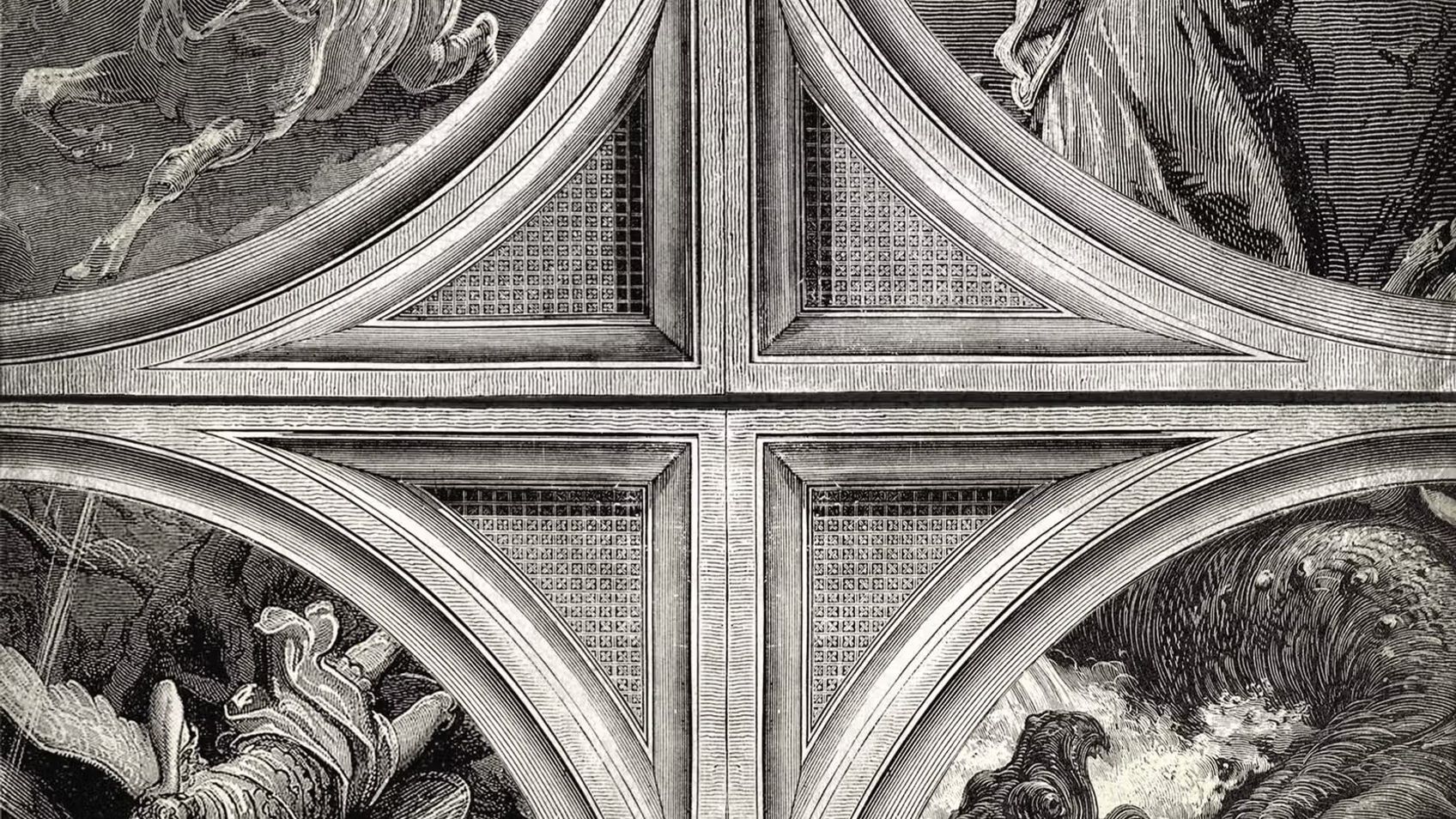Revelation 13

RevelationSteve Gregg
In this talk, Steve Gregg discusses Revelation chapter 13 and its famous depiction of beasts. The common interpretation that the beasts represent the Antichrist is popularized in Christian movies and novels, but Gregg notes that the Bible itself does not use the term "Antichrist" in the same sense. He identifies political and religious imagery in the chapter, which refers to the end of the sacrificial system rather than a setting in the temple. Gregg also mentions dispensationists who associate the beast in Revelation 13 with the "man of lawlessness" mentioned by Paul in 2nd Thessalonians 2.
More from Revelation
15 of 19
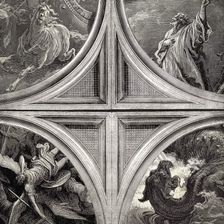
Next in this series
Revelation 14 - 16
Revelation
In this segment of his discussion on Revelation, Steve Gregg delves into the symbolism of chapter 14, which follows the previously discussed period of
16 of 19

Revelation 17 - 18
Revelation
In this presentation, Steve Gregg delves into the symbolism of Babylon in Revelation 17-18. He notes that while some interpret the harlot in these cha
13 of 19

Revelation 12
Revelation
In this talk, Steve Gregg delves into the 12th chapter of Revelation, which is part of a section that includes chapters 11 and 13. He notes that the m
Series by Steve Gregg

Torah Observance
In this 4-part series titled "Torah Observance," Steve Gregg explores the significance and spiritual dimensions of adhering to Torah teachings within
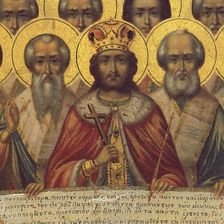
Church History
Steve Gregg gives a comprehensive overview of church history from the time of the Apostles to the modern day, covering important figures, events, move

2 John
This is a single-part Bible study on the book of 2 John by Steve Gregg. In it, he examines the authorship and themes of the letter, emphasizing the im

Obadiah
Steve Gregg provides a thorough examination of the book of Obadiah, exploring the conflict between Israel and Edom and how it relates to divine judgem

Philippians
In this 2-part series, Steve Gregg explores the book of Philippians, encouraging listeners to find true righteousness in Christ rather than relying on

Revelation
In this 19-part series, Steve Gregg offers a verse-by-verse analysis of the book of Revelation, discussing topics such as heavenly worship, the renewa
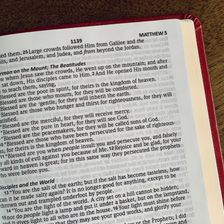
The Beatitudes
Steve Gregg teaches through the Beatitudes in Jesus' Sermon on the Mount.

1 John
Steve Gregg teaches verse by verse through the book of 1 John, providing commentary and insights on topics such as walking in the light and love of Go
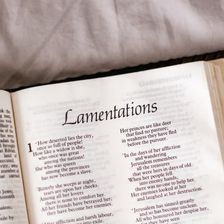
Lamentations
Unveiling the profound grief and consequences of Jerusalem's destruction, Steve Gregg examines the book of Lamentations in a two-part series, delving

Ruth
Steve Gregg provides insightful analysis on the biblical book of Ruth, exploring its historical context, themes of loyalty and redemption, and the cul
More on OpenTheo
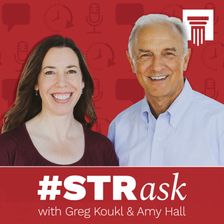
If We Don’t Need to Learn to Hear God’s Voice, How Do You Explain These Verses?
#STRask
September 11, 2025
Questions about why, if we don’t need to learn to hear God’s voice, there’s a command to earnestly desire the gift of prophecy, why we would need to l

How Can I Explain Modesty to My Daughter?
#STRask
November 27, 2025
Questions about how to explain modesty to a nine-year-old in a way that won’t cause shame about her body, and when and how to tell a child about a pre

Did God Create Us So He Wouldn’t Be Alone?
#STRask
November 3, 2025
Questions about whether God created us so he wouldn’t be alone, what he had before us, and a comparison between the Muslim view of God and the Christi

Should You Believe Things You Can’t Fully Comprehend?
#STRask
September 25, 2025
Questions about whether you should believe things you can’t fully comprehend, whether it’s just an arbitrary escape hatch to say God doesn’t require a

How Could the Similarities Between Krishna and Jesus Be a Coincidence?
#STRask
October 9, 2025
Questions about how the similarities between Krishna and Jesus could be a coincidence and whether there’s any proof to substantiate the idea that Jesu
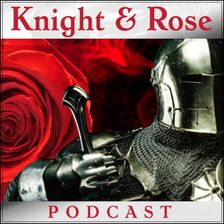
Lora Ries: Border Security and Immigration Policy
Knight & Rose Show
December 7, 2025
Wintery Knight and Desert Rose welcome Lora Ries to discuss border security and immigration policy. They explore Biden's policy changes, like ending R

Conservatism and Religious Freedom with John Wilsey
Life and Books and Everything
October 27, 2025
What is conservatism? And why does it go hand in hand with religious freedom? How should we think about the American experiment of ordered liberty? Ha

How Does It Affect You If a Gay Couple Gets Married or a Woman Has an Abortion?
#STRask
October 16, 2025
Questions about how to respond to someone who asks, ”How does it affect you if a gay couple gets married, or a woman makes a decision about her reprod

Is Doing the Right Thing a Sin If You Truly Believe It’s Wrong?
#STRask
September 22, 2025
Questions about whether Romans 14:23 means that doing the right thing is a sin if you truly believe it’s wrong, and how to reconcile Hebrews 10:16, wh

When I Can’t Stop Thinking About Something, Is That God Speaking?
#STRask
December 1, 2025
Questions about whether having a recurring thought is an indication God is speaking to you, what to say to someone who says they sinned because “God t

How Do We Advocate for Christian Policy Without Making the Government Interfere in Every Area of Life?
#STRask
November 20, 2025
Questions about how to advocate for Christian policy without making the government interfere in every area of life, and the differences between the mo
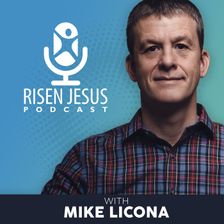
The Historical Reliability of the Gospels: Licona vs. Ehrman - Part 1
Risen Jesus
September 3, 2025
In this episode, frequent debate opponents Dr. Michael Licona and Dr. Bart Ehrman face off on the historical reliability of the gospels. Held in 2018

The Heidelberg Catechism with R. Scott Clark
Life and Books and Everything
November 3, 2025
You may not think you need 1,000 pages on the Heidelberg Catechism, but you do! R. Scott Clark, professor at Westminster Seminary California, has writ

Since Most People Are Wrong When They Make Supernatural Claims, Why Didn't God Do Better?
Risen Jesus
September 17, 2025
Dr. Matthew McCormick, a philosophy professor at California State University, Sacramento, doesn’t believe that there is satisfactory historical eviden

Why Do We Say Someone Was Saved on a Particular Date If It Was Part of an Eternal Plan?
#STRask
November 24, 2025
Questions about why we say someone was saved on a particular date if it was part of an eternal plan, the Roman Catholic view of the gospel vs. the Bib
